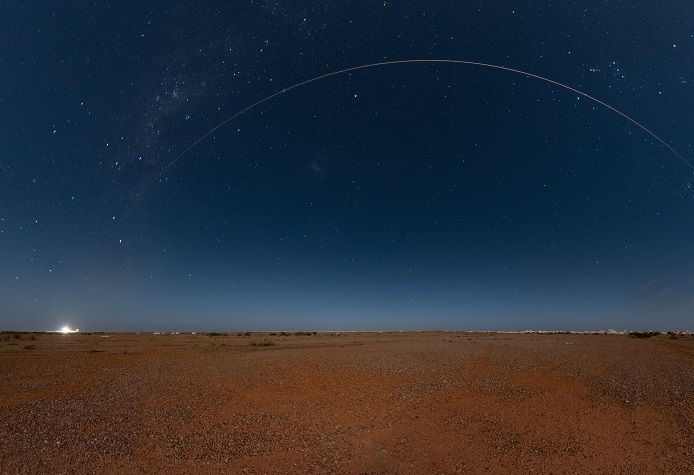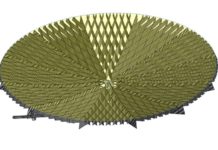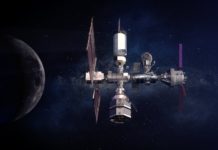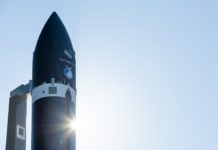Yesterday, 6 December 2020 at around 3 a.m JST (UTC+9), Japan’s re-entry capsule containing samples from the asteroid Ryugu landed in Woomera, South Australia.
The capsule was part of Japan’s Hayabusa2 mission to survey Ryugu, and separated from the main Hayabusa2 spacecraft on 5 December. From there, the capsule deployed a radar-reflective parachute and made its way 10km down to Earth. It then landed in several parts, with the main capsule, parachute, and the front and back heat shields becoming separated during the landing. All parts have since been recovered with the assistance of Australian authorities.
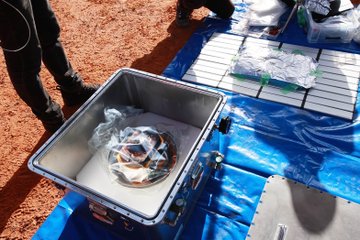
After the collection, the capsule and its components were transported to a Quick Look Facility (QLF), where the JAXA team confirmed that the sample container was properly sealed, and completed the gas sampling work. The samples have now been brought back to Japan.
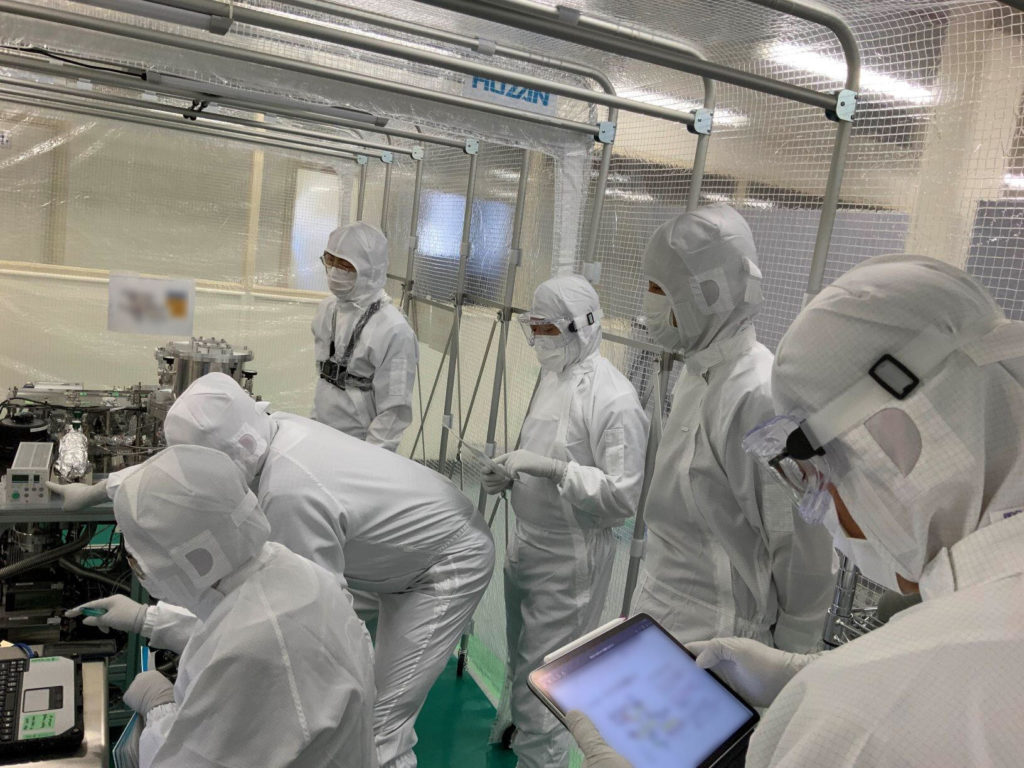
To Ryugu and back, and off again!
Hayabusa2 is an asteroid sample-return mission launched on 3 December 2014, to explore the near-earth asteroid Ryugu, which is approximately 1km in diameter. The main spacecraft Hayabusa2 took four years to reach Ryugu, and rendezvoused with the asteroid on 27 June 2018. After approximately a year and a half of sampling, Hayabusa2 left the asteroid in November 2019 and began a year-long journey back to Earth. On 5 December, the main spacecraft released its re-entry capsule containing the samples, which has now made it back safely.
Although the mission has technically been completed, Hayabusa2 still carries 30kg of propellant – about half its original fuel load of 66kg. JAXA has decided to further utilize the spacecraft for an extended mission that will survey two more asteroids: near-earth asteroid (98943) 2001 CC, with a target flyby date of 2026 (the asteroid will come within 19,427,954 km of Earth in 2023), and then to another near-earth asteroid 1998 KY26, which is a near-spherical fast-rotator, which it hopes to reach by 2031.
Collecting the samples
Altogether, 2 samples were collected. The first batch, containing surface material, was collected on 21 February 2019. To do this, Hayabusa2 descended to approach the surface of the asteroid, and launched a projectile into the surface, causing an ejection of material. The material was then captured by making use of the asteroid’s microgravity to lure it into a catcher.
The second batch, collected on 11 July 2019, was of sub-surface material that was excavated via a two-step method. First, on 5 April that year, Hayabusa2 released a “gun” called the Small Carry-on Impactor (SCI), which carried a copper projectile that was subsequently shot onto the surface with an explosive propellant charge. This excavated a crater about 10m in diameter. Following that, in July, touchdown and sampling was carried out. On 26 August, the sample catcher was stored in the re-entry capsule for return to Earth
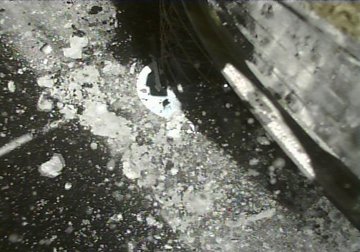
JAXA’s exploration missions to come
The next 10 years will see Japan conduct some very exciting missions, beginning with the country’s first lunar surface mission in early 2020, which goes by the name of SLIM. Following that in, 2023, JAXA will launch DESTINY+, a mission to conduct a flyby of the meteor shower parent body 3200 Phaethon. A year after that, in 2024, Japan will begin a Martian mission, Martian Moons Exploration (MMX), which will study the moons Phobos and Deimos, and collect samples from Phobos. If successful, it will be the first time Japan reaches Mars, after a failed attempt in 1998.

